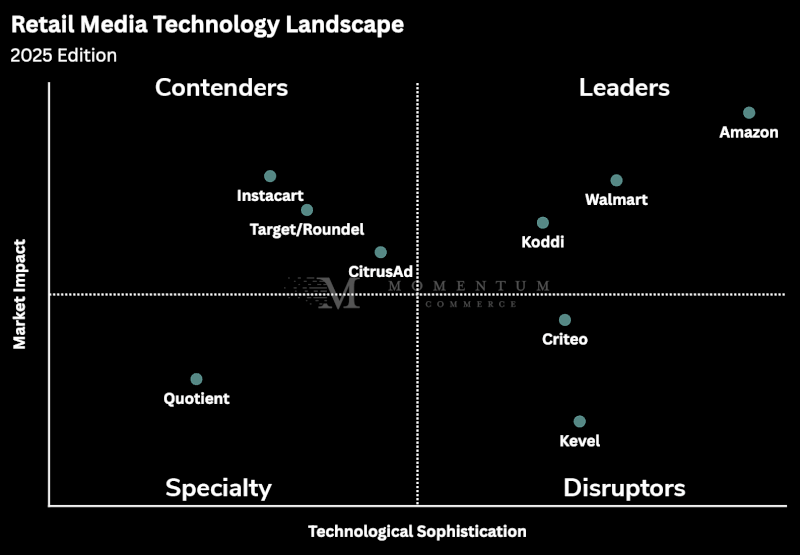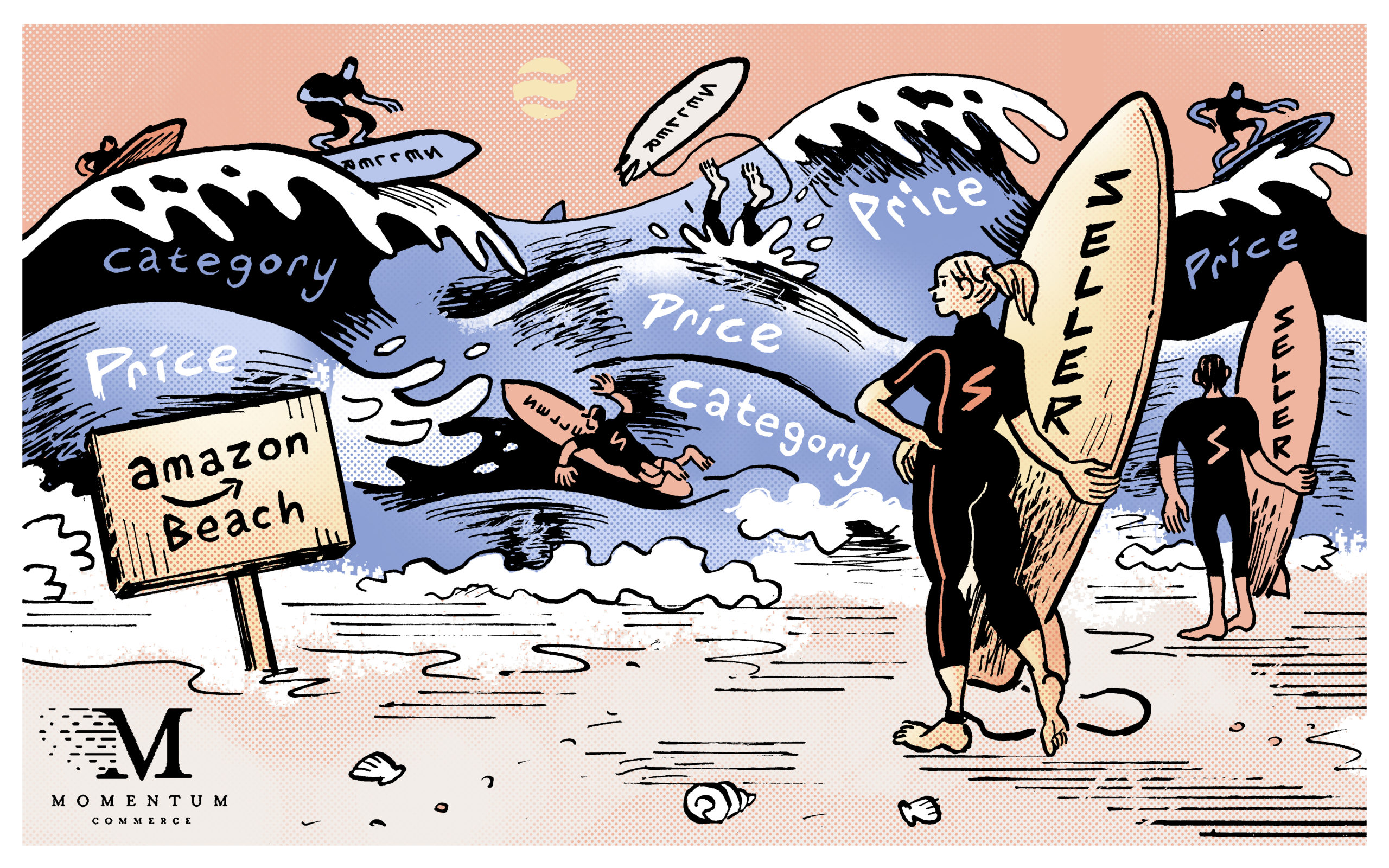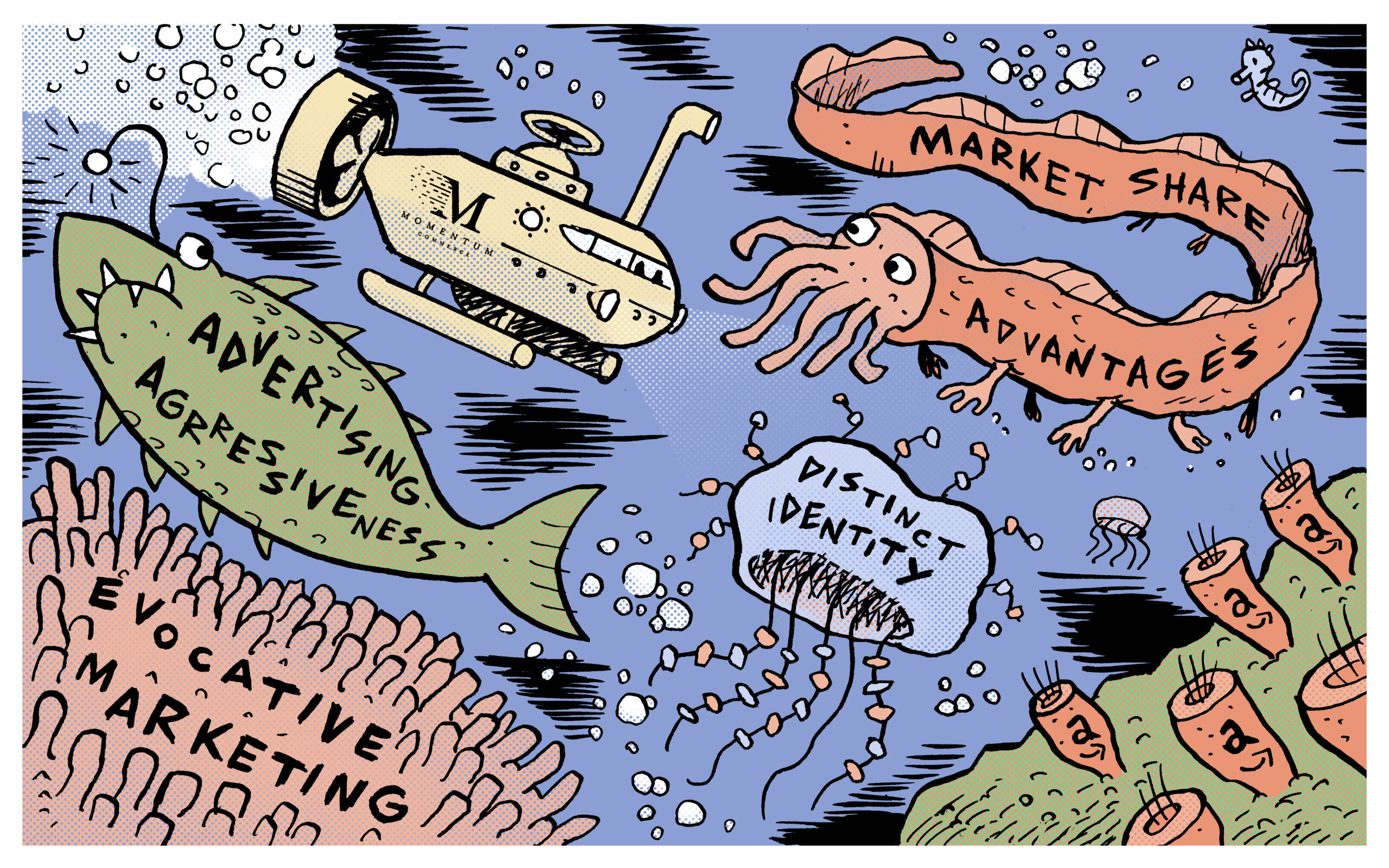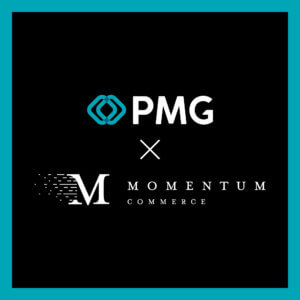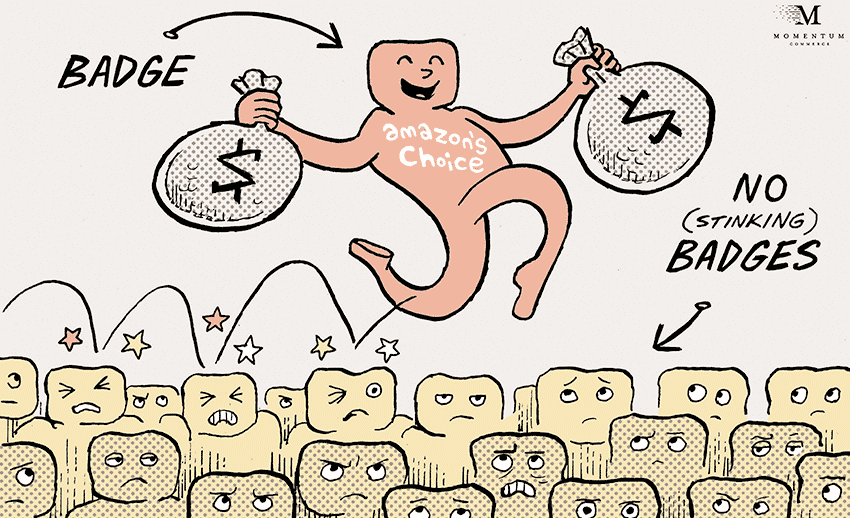
The Amazon’s Choice Badge as an illustration of the American Wealth Gap
A common theme in politics surrounds the ever-widening wealth gap, specifically how can we equitably course correct this trend? Primary reasons for this gap widening are tied to the “already wealthy” Americans having access to more opportunities. From better education, investing in the stock market, buying reliable transportation, healthcare, food choices, etc.…, it is no secret that it is exponentially easier to make money if you are already sitting on a lot of it.
Advertising on Amazon can be complex with many different levers at your fingertips. Measuring immediate impact by focusing on ACoS data can keep short term margins in a comfortable zone, however there is a necessary lens an advertiser should also keep in focus. That specifically is understanding the long-term impact of advertising to both paid and organic lift, which ultimately can lead to windfalls such as winning the “Amazon Choice Badge”. Let us dig in to talk about why that is the case.
As marketers, when we think about how much we can afford to spend on a given keyword, ASIN, or whatever targeting option you choose, the formula for understanding your biddable value is straight forward. First you must understand how much money you make every time someone clicks on your sponsored product. This is represented as “sales per click,” and simply put is a combination of your conversion rate and average order value (AOV). Being that AOV is a fairly set figure (combining units per transaction and average cost of retail sold ), the lever you can control is conversion rate by manipulating price, copy, and other options to make your product more appealing.
You’ll note that in the formula for figuring out how much you are willing to pay, the number of times your ad shows up (impressions), does not take part in that computation. Now comes the interesting part – when engines try to figure out their revenue algorithm, they are calculating it on a revenue per search. As a marketer, you might think of this similarly to a Cost Per Thousand Impressions (CPM) model. Because engines do not force you to pay a CPM rate, the engines put the “risk” on themselves, thus giving advertisers more confidence that they are paying for valuable traffic only. Marketplaces, however, care deeply about metrics like “expected click through rate”, which is their way of calculating the likelihood your ad would drive them revenue vs another advertiser in the same position. Ultimately marketplaces want to maximize their “revenue per search.”
As an advertiser, it is extremely important to test and learn what you can do to influence winning Amazon’s Choice badge for your products. Not only does the Amazon Choice Badge help increase your product page conversion rate, but it also dramatically increases your search page click through rate. This is a win for you (the advertiser) and Amazon. Amazon drives you a better click through rate, generating more revenue for themselves in the frame of more clicks or “revenue per search” by increasing consumer confidence directly on their search results. In turn, you get more traffic that also converts at a higher rate; thus, you can afford to bid more, leading to increased revenue per search for Amazon. The result is a perpetual cycle of Amazon providing incentive to the advertiser to invest to win the choice badge, which in turn improves consumer confidence and traffic to your product that is more likely to convert.
Amazon has positioned it’s marketplace to make it easier for the wealthy “Choice Badge Winner” to remain at the top. As a new retailer coming into Amazon or looking to expand your business through the booming e-retail landscape, it’s important to not be defeated by the tough hill to climb. Thorough strategies that show you both where you should invest as well as where you shouldn’t can provide you with the tools to overcome the Amazon wealth gap. From there, just as with our economy, winning on Amazon becomes a little bit easier. Most Amazon Sellers and Vendors understand the importance of the Choice Badge on consumer buying behavior, but it is interesting to think of it from a marketer’s lens when illustrating Amazon advertising dynamics to that of America’s wealth gap.


